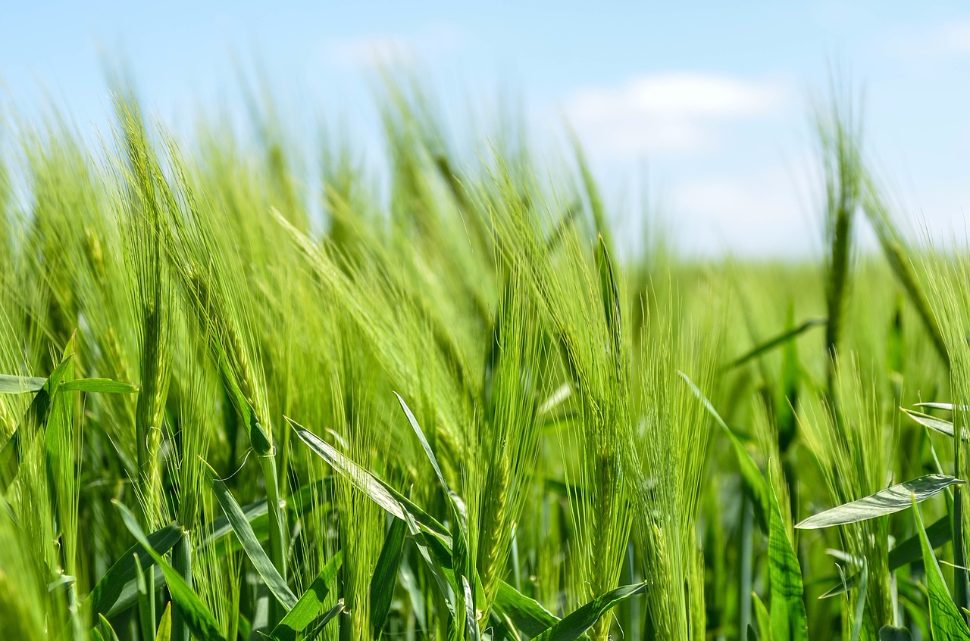Scientists have developed a photorespiratory shortcut to boost crop production by at least 40 percent.
To date, most crops around the world have been plagued by a photosynthetic glitch. This glitch led to the development of photorespiration, an energy-expensive process that stunts crop growth.
For decades, researchers have attempted to reverse this effect in order to boost crop growth and reduce harvesting times.
Now, a team of researchers from the University of Illinois and the U.S. Department of Agriculture’s Agricultural Research Service has reportedly engineered a photorespiration shortcut that can increase the growth of crops by as much as 40 percent.
“We could feed up to 200 million additional people with the calories lost to photorespiration in the Midwestern U.S. each year. Reclaiming even a portion of these calories across the world would go a long way to meeting the 21st Century’s rapidly expanding food demands — driven by population growth and more affluent high-calorie diets,” Donald Ort, principal investigator of the project and a Robert Emerson Professor of Plant Science and Crop Sciences at University of Illinois, said.
Read More: Why Urban Farms Are The Future Of Food Production
The Photorespiratory Shortcut
According to Paul South, lead author of the study and a molecular research biologist from the Agricultural Research Service, photorespiration is an anti-photosynthesis process.
“It costs the plant precious energy and resources that it could have invested in photosynthesis to produce more growth and yield,” South said.
The photorespiratory shortcut the team engineered provides new pathways for the studied crops. These pathways mean the crop’s photorespiration doesn’t have to cross the usual complicated routes within the cells of the plant. The new channels are shorter, leaving resource preservation high enough to yield 40 percent more crop growth.
“Rubisco has even more trouble picking out carbon dioxide from oxygen as it gets hotter, causing more photorespiration,” Amanda Cavanagh, co-author of the study, explained. “Our goal is to build better plants that can take the heat today and in the future, to help equip farmers with the technology they need to feed the world.”
The team’s study is part of an international research project known as Realizing Increased Photosynthetic Efficiency. This study explores crop engineering to enhance the photosynthetic process of crops to provide a more sustainable means of food production worldwide. The initiative is mainly supported by the Bill and Melinda Gates Foundation, the Foundation for Food and Agriculture Research, and the U.K. Government’s Department for International Development.












Comments (0)
Most Recent